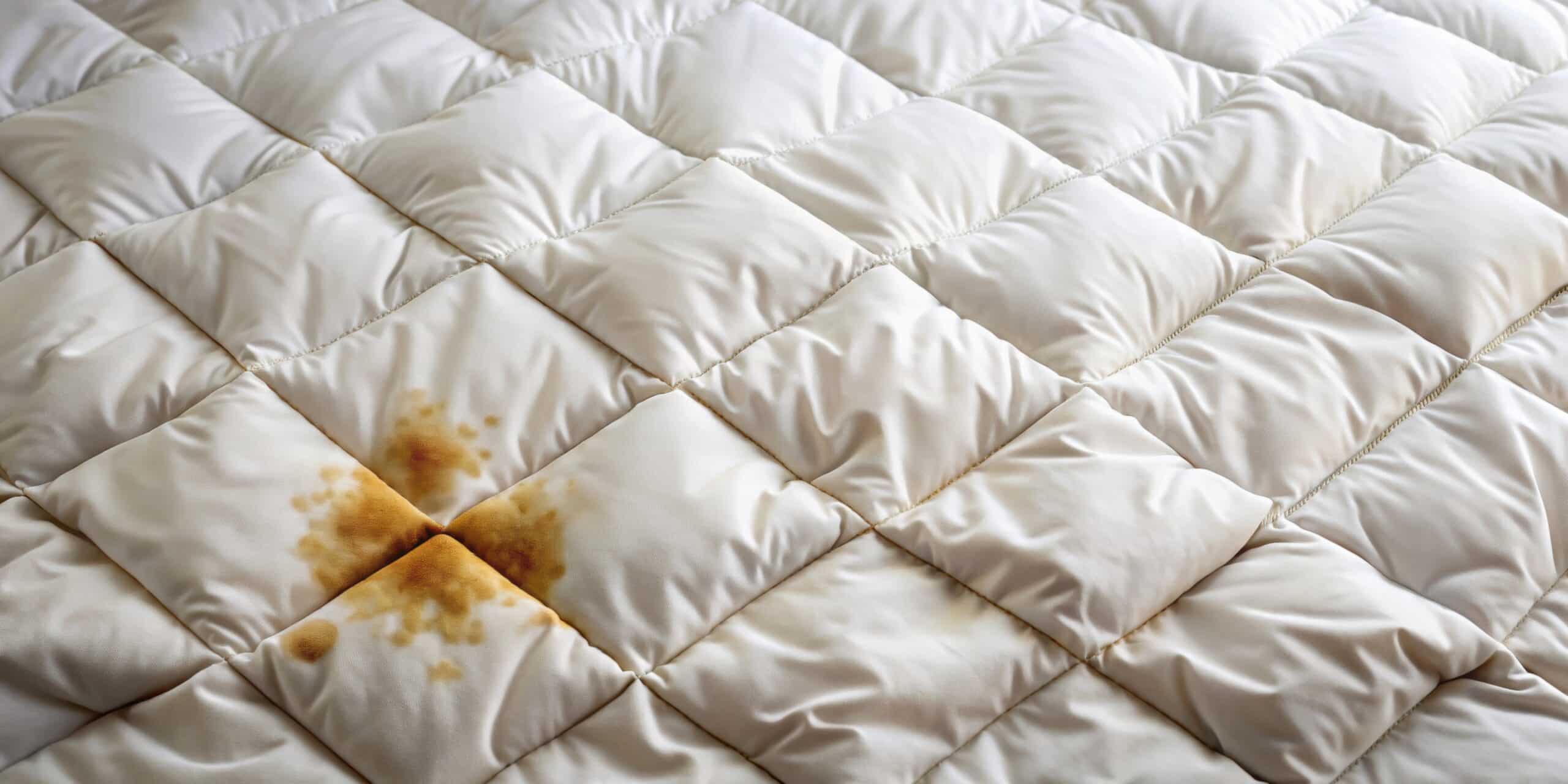In care home environments, cleanliness isn’t just about appearances — it’s essential for infection control and resident wellbeing. While sheets and pillowcases are cleaned regularly, the duvet washing is often overlooked. In this guide, we answer key duvet maintenance questions laundry staff and home makers frequently ask.
Can You Put a Duvet in the Washing Machine?
Yes, you can put a duvet in the washing machine, but there are a few things to consider. Most domestic washers used in smaller care homes can handle single duvets, but double or king-size ones — especially those with high tog ratings — may need a larger, commercial-grade machine.
Always check the label on the duvet for specific care instructions. Synthetic-filled duvets are generally easier to wash, while feather or down duvets may require more delicate handling.
What Temperature Do You Wash Duvets At?
The recommended temperature often depends on the filling:
-
Synthetic duvets: Wash at 60°C to ensure thorough sanitisation — ideal for infection control in care environments.
-
Feather/down duvets: Wash at 30–40°C on a gentle cycle with suitable detergent.
For care homes managing large volumes of laundry, using professional-grade laundry chemicals and auto-dosing systems helps maintain hygiene compliance, reduces manual dosing errors, and ensures consistent wash quality every time.
Is It Worth Washing a Duvet?
Definitely. Duvets can harbour bacteria, allergens, body fluids, and odours if not cleaned regularly. In a care home, where residents may have varying levels of continence and skin sensitivity, keeping bedding clean is part of essential personal care.
Regular duvet washing promotes a fresher sleeping environment and demonstrates your commitment to dignity and cleanliness — something families and inspectors alike will appreciate.
Pair clean duvets with our durable textile and linen range, specifically selected for high-traffic care environments, to ensure long-lasting quality and comfort for residents.
How to Dry a Duvet After Washing?
It’s vital to get this part right to prevent dampness and bacteria growth:
-
Tumble drying: Use a commercial dryer on a low or medium setting. Add dryer balls to help redistribute the filling and keep the duvet fluffy.
-
Air drying: If tumble drying isn’t available, hang the duvet flat or over several lines in a well-ventilated space. Turn it regularly to ensure even drying.
Never return a duvet to a resident’s room unless it’s completely dry — damp bedding can quickly lead to mildew or health issues.
Care Home Tips for Bedding Hygiene
-
Use duvet protectors to reduce the need for frequent washing of the duvet itself.
-
Schedule regular duvet washes — quarterly for general use, more often if soiling is frequent.
-
Opt for easy-care linens and duvets designed for repeated laundering.
-
Automate and standardise cleaning with auto-dosing systems to ensure compliance with CQC hygiene standards.
Caring for your residents includes creating a clean, safe, and comfortable sleeping environment. Duvet washing may seem like a small detail, but in a care setting, it plays a vital role in infection control and quality of life. By using proper washing methods and the right support products — from our linen range to professional laundry systems — you can keep hygiene high and stress low.




